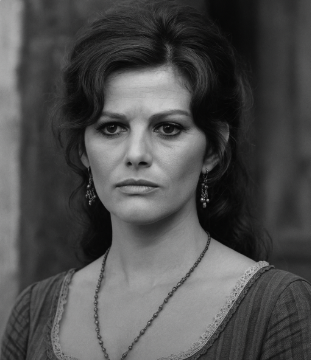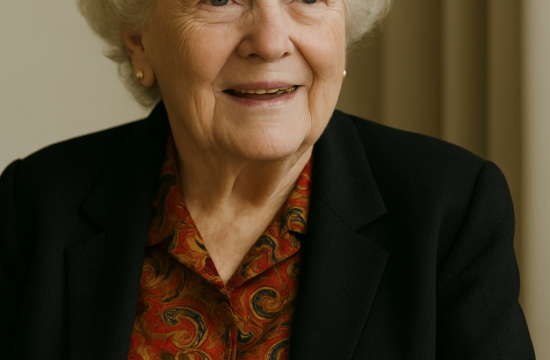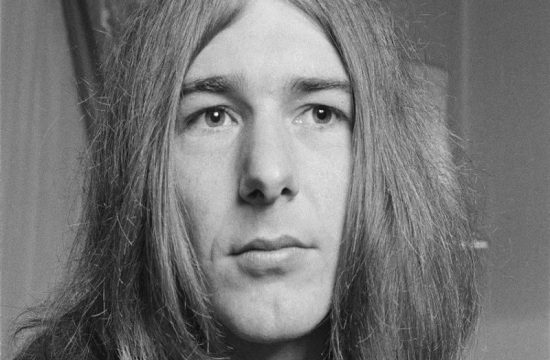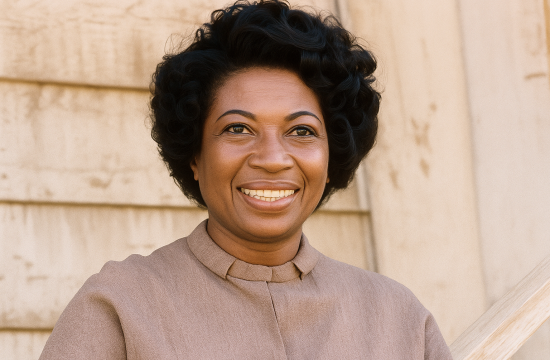In 2000, cognitive neuroscientist Eleanor Maguire published a groundbreaking study that catapulted her to global recognition. Her research revealed that London taxi drivers who had mastered “the Knowledge”—a mental map of the city’s intricate streets, routes, and landmarks—had a larger posterior hippocampus than those without such navigational expertise. Moreover, the longer a cabbie’s career, the more pronounced this brain region’s growth.
Maguire, who passed away at 54 from cancer, had joined University College London’s Functional Imaging Laboratory (FIL) just five years prior. Her striking demonstration of brain plasticity dominated newspaper headlines, earned her an Ig Nobel Prize for research that “first makes people laugh, then think,” and even overshadowed three Nobel laureates during a panel discussion.
The intense media attention left her wary of the press. “I sometimes feel like an ageing rock singer,” she admitted in a 2012 interview with Current Biology. “I’m writing new songs, but the media only want to hear the old tunes.”
Her scientific journey began in the 1980s as a psychology undergraduate at University College Dublin. Struggling with navigation herself, she became fascinated by how people map their surroundings and what happens when this ability fails—particularly in patients who had undergone brain surgery for severe epilepsy.
In the early ’90s, while working with such patients, Maguire encountered a pivotal study by psychologists John O’Keefe and Lynn Nadel. They had controversially proposed that the hippocampus plays a crucial role in spatial representation. This discovery opened up what Maguire described as “the wondrous world of the hippocampus, with its exquisite anatomy and physiology.”
Her research expanded beyond navigation to explore the hippocampus’s role in episodic memory, imagination, and scene construction. She developed the theory that the hippocampus continuously builds and updates spatially coherent mental scenes, integrating information beyond immediate sensory input to predict environmental changes.
To test these ideas, she conducted rigorous studies on both amnesic patients and healthy individuals, often employing cutting-edge technology. In one experiment, she used virtual reality and functional MRI to observe brain activity as participants navigated FILbury, a simulated town featuring dog parks, street performers, and a lost traveler seeking directions.
Maguire’s legacy is one of curiosity, meticulous research, and profound insights into how the brain maps the world around us.











